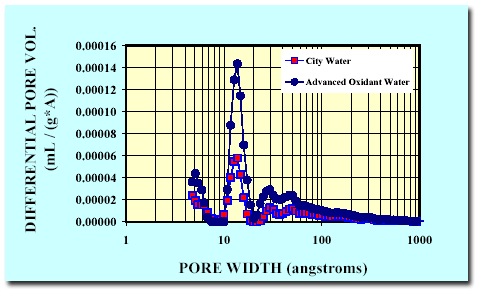Green Sand Foundry Emissions and their Prevention
The green sand’s coal and the core’s resin binder are the primary sources of organic HAP and VOC emissions. The pouring of high temperature molten metal into the sand mold causes the release of organic compounds from the coal and organic resins. These organic compounds are necessary to the casting process because they provide a reducing atmosphere at the casting surface which prevents casting defects and provides good surface finish.
These organic compounds have three fates: they are burned up in the flames of the mold, they condense or are adsorbed in the cooler sections of the mold, or they are released into the atmosphere. Most of these organic compounds belong to the benzene family (benzene, toluene, xylene) and are considered harmful air pollution. The Sonoperoxone® treatment system prevents pollution at its source by improving the ability of the sand mold to adsorb these organic compounds.
Sonoperoxone® combines ozone addition, hydrogen peroxide addition and high-powered acoustics to generate advanced oxidants in the water used by a foundry’s coolers and mullers. By treating the water used in a foundry’s green sand system, advanced oxidants will destroy some of the organic compounds coating the silica. More importantly, the advanced oxidants clean out the pores of the coal and clay and increase the porosity of these green sand components (See graph [8]). Increasing the porosity of the sand mold allows the mold to retain more of the organic compounds. This results in lower emissions being released and more consumables being retained for the next casting cycle. Even some emissions from the chemically bonded cores are captured in the green sand mold. However, the emissions reduction decreases as core size increases because the process does not treat the core sand. Core sand emissions bypass the green sand mold.

Effect of advanced oxidation treatment of green sand: Pore volume increase from Glowacki et al [8]
